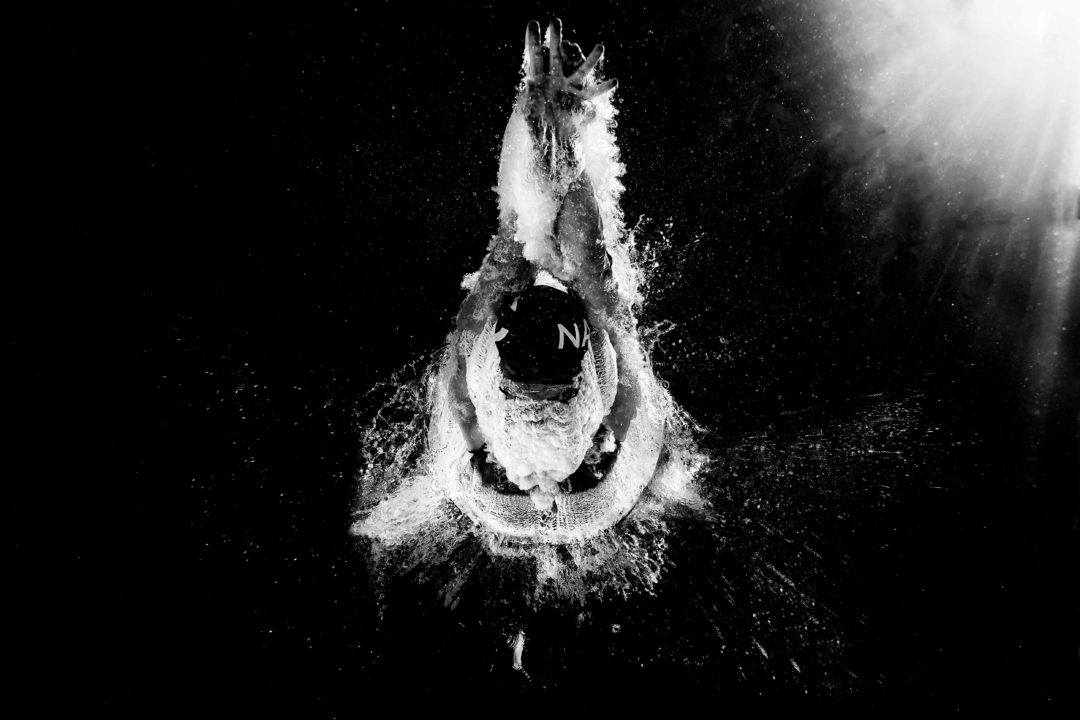By TritonWear
No matter what type of swimmer you are, whether you’re a pool or open water swimmer, or you swim competitively or recreationally, increasing your stamina can do wonders for your swimming. With better endurance, you will be able to swim faster and for a longer period of time.
Here are 4 training tips to build your swimming endurance:
Start slow, but stay consistent
Good swimming endurance is something you need to work your way up to slowly and steadily. If you push yourself too hard, too fast, there’s a higher likelihood of burnout and increased risks of injury.
Start by focusing on perfecting your technique. This will help you swim more efficiently, allowing you to save more energy while swimming at a faster speed.
Once you’re swimming with good form, gradually increase your total workout distance and set intensities. Don’t rush into it and take recovery days, but swim consistently. Going slow and steady will get you where you need to be, while ensuring you don’t run into any injuries along the way. Building swimming endurance is about putting in the hours, and using these hours wisely.
Increase distance, lower reps for a given set
You don’t have to be increasing your total swimming distance daily to improve stamina. In the process of increasing your training load, you can switch up your sets so you’re swimming the same total distance but still working to build your endurance. You can do this by increasing the distance and lowering the repetitions.
For instance, instead of doing your regular 8×50 set, do a 4×100, and then do a 2×200, and work your way up to a 400. Even though you’re swimming the same total distance, you’re taking away your rest and pushing yourself to swim longer non-stop.
Do interval training
That said, you should definitely still do interval training, even when you’re able to swim longer distances without rest. Interval training works both the aerobic and anaerobic systems, so you’re building strength and improving cardiovascular fitness.
You have a few options when it comes to interval training depending on your goals.
One option is to lower your intervals for a given set. For instance, instead of doing a 4×100 on 2 minutes, you can lower it to 1:45. Once you’re comfortable with that pace, lower it to 1:40, 1:35, 1:30, and so on. The same applies if you’re basing intervals on rest time. Lower your rest time from 20 seconds, to 15 seconds, to 10.
Another option is to maintain the same intervals, but increase the intensity of your swim. For instance, keep doing an 8×50 on 1:30, but aim to hit a faster time in every rep.
Do dry-land or cross-train
Incorporating strength training into your program can help you better utilize the different muscle groups to power your strokes. By working on your arms, back, core, and legs outside of the pool, you’re strengthening them so you’re able to sustain more stress on your body without fatiguing too quickly. This means longer pool time without getting as tired, and you’ll see improvements in your overall swim performance.
Our Mission: To provide every swimmer and coach access to elite swimming knowledge and tools.
From our competitive swimming and engineering roots, to the sports industry at large, TritonWear is committed to bringing elite sport science to everyone, empowering success through education and innovative technology.
TritonWear is a SwimSwam partner.


My kid is flat out doing 50m sets in a 25 pool without stopping ,he has to do a 400 for his bronze in 6 months his form is good but he keeps stopping
If he can he should do breathings excericses and daily runs that can build his stamina. Online workouts are great too to build muscle
I did bronze cross and medallion, I’m also a competitive swimmer. He has to do 400 in 11 mins for cross. have him focus on timed distance. pushing past the first 100 will really help. Make sure to check in after in case he feels dizzy or extra tired. Make sure he eats lots a few hours before training. Good Luck!